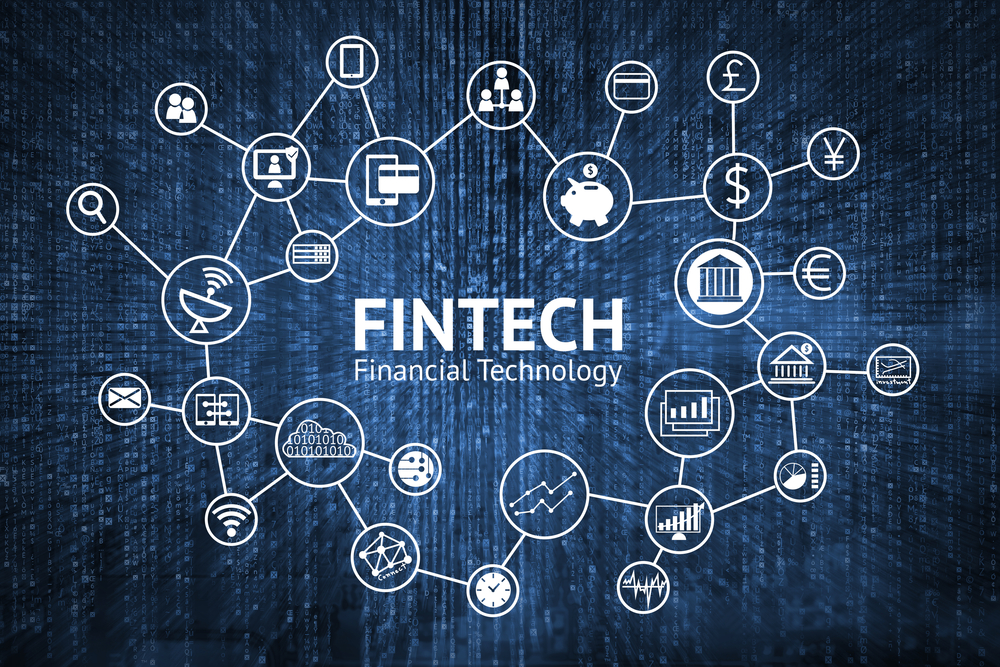Keeping Your Bank Up-to-Date with American Banker’s Top Trends for 2022
As we start off the new year, an article from the American Banker highlights seven bank trends to watch in 2022. The key, according to their analysis, is providing ultraconvenience to customers.
As you take a look at the list below, we strongly recommend you compare the trends to your bank's plans for the new year.
"One manifestation of this is embedded banking, a version of the open banking movement started in Europe, where banks offer their services through all manner of companies that aren’t banks. Another is the effort banks are making at personalization, trying to deliver just-in-time advice to consumers to help them avert financial problems and take advantage of opportunities. And letting customers authorize themselves with a selfie and facial recognition is the ultimate way to provide security for couch potatoes."
Seven Bank Trends to Watch
It's always been important to be tech-aware and stay abreast of new technologies and techniques, but, as the American Banker list illustrates, it is more vital than ever to keep pace with consumer expectations, particularly in the technology/user interface space. Partnering with fintechs that deploy Artificial Intelligence and Deep Learning technologies for different aspects of banking such as creating a more personalized experience, added security to account accsses, and processing traditional payments like check or the buying and selling of new digital currencies will enable banks to integrate into their customers' lives, making their services "ultraconvenient."






